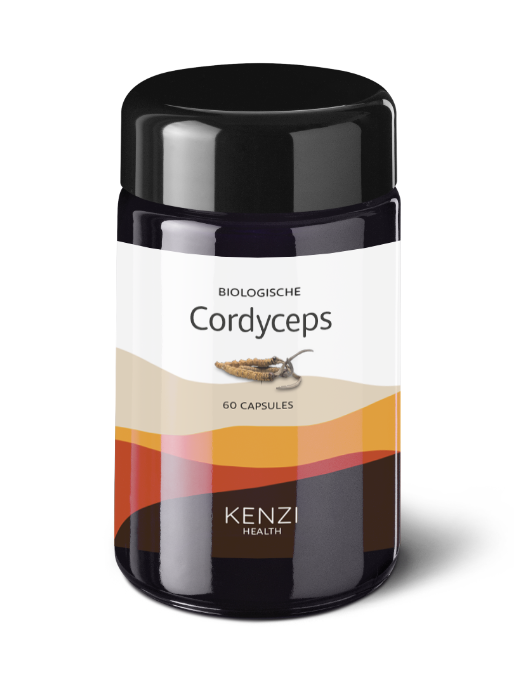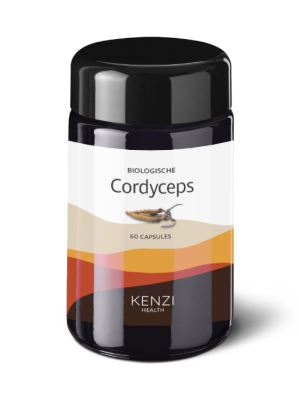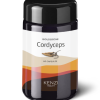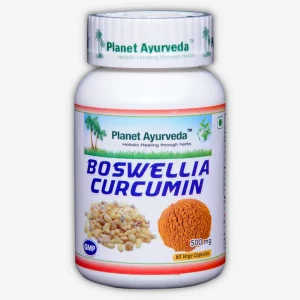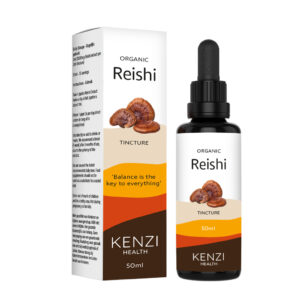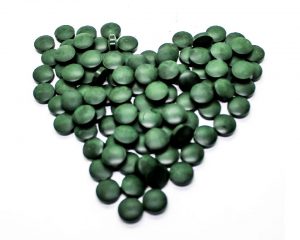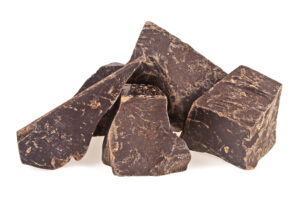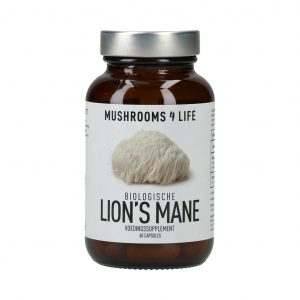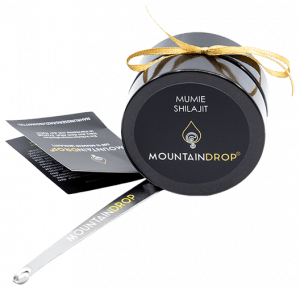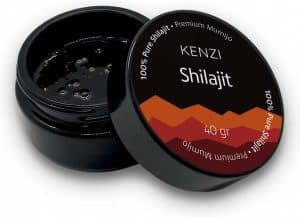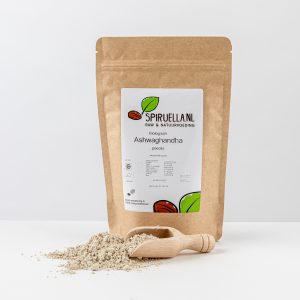Nutritional value per 100 grams:
- Energy 1540 kJ / 363 kcal
- Protein - 14.3 grams
- Carbohydrates - 72.8 grams
- Sugar - 1.59 grams
- Total fat - 0.78 grams
- thereof saturated fatty acids 0.4 grams
- Fiber - 3.69 grams
- Sodium -0.067 gram
Cordyceps
Many different Cordyceps products have come onto the market in recent years thanks to the fantastic abilities of this mushroom. But not all Cordyceps is the same; there are different genera and subspecies. And, besides collecting it in the wild, there are also different ways to cultivate it.
Cordyceps Sinensis is mainly collected in the Tibetan highlands. This special mushroom parasitizes caterpillars. The Cordyceps Sinensis collected in the wild is a real topper in Asia. You can easily pay up to 40,000 euros for a kilo of the wild Cordyceps Sinensis.
The main components of wild Cordyceps Sinensis are:
- • Protein
- • Polysaccharides
- • Beta-glucans
- • Adenosine
- • Mannitol
This mushroom is considered the best Cordyceps of all. But even if you wanted to, it is almost impossible to buy real wild Cordyceps Sinensis in Europe, let alone pay for it. As a result, there is another variant of Cordyceps Sinensis that is just as effective but much cheaper.
'Cordyceps Sinensis CS-4' –
or: The mycelium of the original Chinese Cordyceps Sinensis.
It is important to understand here that Cordyceps Sinensis CS-4 is actually the same mushroom as the previously mentioned original Chinese Cordyceps Sinensis collected in the wild. This mushroom just does not grow on a caterpillar.
Instead, the mycelium of the mushroom (from the DNA of the original Chinese Cordyceps Sinensis) is grown on a special nutrient solution by
by means of biofermentation. This nutrient solution is composed in such a way that it resembles the protein content of the caterpillar. This technique has been used in China since the 1980s and has been continuously improved since then. It is now possible to achieve mycelium cultivation of such high quality that the components of wild Cordyceps Sinensis and cultivated Cordyceps Sinensis CS-4 are almost identical. The polysaccharides, which are considered the most important characteristics, are decisive here. Other substances such as protein, adenosine and mannitol are also found.
One of the most important components in Cordyceps Sinensis are the polysaccharides. An unusually high polysaccharide content is often used to indicate the quality of products, especially extracts. Statements such as "at least 40% polysaccharides" are not uncommon. In fact, from time to time you can find extracts that reach more than 40%. Kenzi has had her products tested.
The polysaccharide content of Kenzi products is consistently at a level well above 30%. As these values are constantly fluctuating slightly, Kenzi has decided to only indicate a value that they can always absolutely guarantee:
And that is the 30% polysaccharide declaration.
Mycelium cultivation of Cordyceps
What cultivation methods are there and what are their advantages and disadvantages?
- Cultivation method 1 – Biodigestion in a liquid medium (submerged fermentation)
- Cultivation method 2 – Solid fermentation on millet, rice, substrate (solid-substrate fermentation)
Cultivation method 1:
Kenzi Cordyceps products (extract, powder) that come from mycelium cultivation are obtained through biofermentation in a liquid medium. During this process, the mushroom mycelium is grown in a liquid: a nutrient solution consisting of water, beans or rice powder, sugar and vegetable oils.
The mushroom mycelium ferments and processes the entire medium. Pure mushroom mycelium and a little water are left in the end. Mycelium is dried and then pulverized or extracted. The positive here is that, due to cultivation under laboratory conditions, the use of chemical protective substances can be completely avoided.
When the components of the mycelium from the liquid fermentation are analyzed, it is ensured that they contain all the relevant mushroom components.
Cultivation method 2:
This method is not used by Kenzi. This is because, although there is nothing wrong with mycelium cultivation on a solid substrate, it can cause problems during further processing. Once the mycelium has fully penetrated the substrate, the entire mushroom culture (including growing material such as millet, grain and corn) is processed and pulverized. It is therefore quite clear that the powder from solid substrate fermentation contains relatively few mushroom-typical components. Once the substrate is processed, there may be up to 80% foreign components (millet, rice, grains) and only 20% mycelium in the product. The polysaccharides and glucans of this product mainly come from the grains in the growing material. Therefore, they cannot be qualitatively compared with mushroom polysaccharides and glucans.


